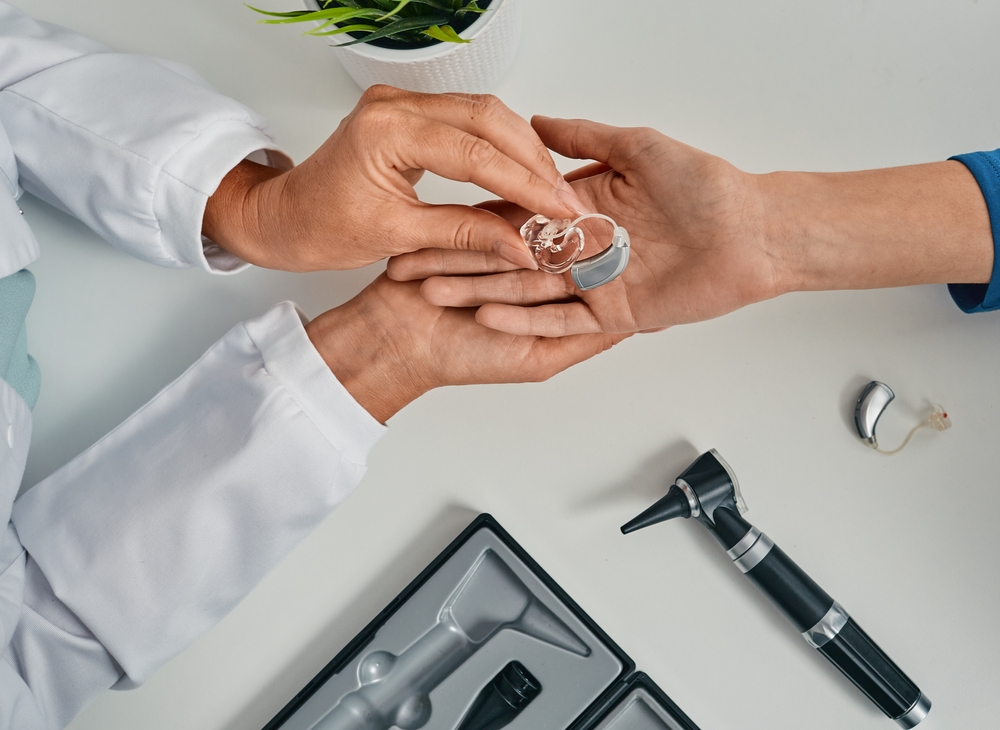Noisy rooms can be the worst. Maybe this sounds familiar: you’re headed out with a group of old co-workers to catch up, and you’re looking forward to hearing how their lives have been shaping up over the last few years. But when you get to the trendy new restaurant, your heart sinks: it’s so noisy, you can’t hear a thing (well, except the roar of background voices, thumping bar music, and clinking glasses). Your old friends are all shouting over each other just to carry on the conversation.
It’s… not fun. And if you’re wearing a hearing aid, these noisy environments can be even more challenging.
The trouble with noise
It’s not as though loud environments are a new nemesis. One of the first symptoms of hearing loss is trouble following conversations in a noisy room (often noticed primarily in bars and restaurants). In no small part that’s because hearing loss usually begins on a pretty selective basis–one set of frequencies will begin to wane before others.
This is what makes a noisy restaurant setting hard for your ears–there are so many competing frequencies that the ones you hear well usually win out. The frequencies you have trouble with (often in the vocal range) lose out.
The same thing can happen with hearing aids if you have an older model. In such a noisy environment, your hearing aid might not always be able to sufficiently accommodate for the acoustics–and so voices might get lost or become muddled.
Could the answer be lip reading?
One technology company is turning to an old technique to help those with hearing loss navigate these noisy situations. The trick to this new technology lies not in enhancing the microphone or the acoustic algorithms, but instead in providing the hearing aid with more information.
This technology features lip reading. Developed by a company called LipifAI, these new apps will use a camera combined with language AI software to read lips and deliver “translations” via text (so, to your phone).
For those with hearing aids, this lip-reading software could eventually be augmented by audio information collected by the app, the lip-reading camera devices, and your hearing aids. That combination of inputs can increase the accuracy of this method to over 90%–and when you’re in a crowded bar with some old friends, that kind of accuracy can make the difference between feeling isolated and forgotten or following the conversation (and getting a joke or two in).
Technology solving problems
These lip-reading technologies are designed to work in conjunction with your hearing aids or your mobile device (or both), using some existing talk-to-text technology. The idea is that you can keep track of the conversation on your phone, or (more optimistically) your hearing aid can read the “lip-read” information directly into your ears.
This technology is still probably a number of years off (at least in terms of wide adoption). In the meantime, hearing aid manufacturers are looking to other technological innovations to make speech easier to hear in noisy environments.
New hearing aid technology
A really promising development is what’s known as “smart” hearing aids. These hearing aids can take samples of white noise and background noise in any environment and make minute adjustments to filter out some of that noise–amplifying voices in the process. These smart hearing aids can even adjust to your own unique preferences. So if you’re going to a specific bar for the second time, your smart hearing aid recognizes the setting and makes the appropriate adjustments automatically.
Better with a hearing aid than without
Modern hearing aids perform better in high-noise environments than their older counterparts. It’s worth noting, though, that hearing aids in a noisy environment are going to function infinitely better than no hearing aids in the same environment.
So if you want to catch up with your friends after work or get together with your family for the big game (whichever big game you watch most often–there are lots of “big games,” as it turns out), it’s a good idea to keep those hearing aids in.



